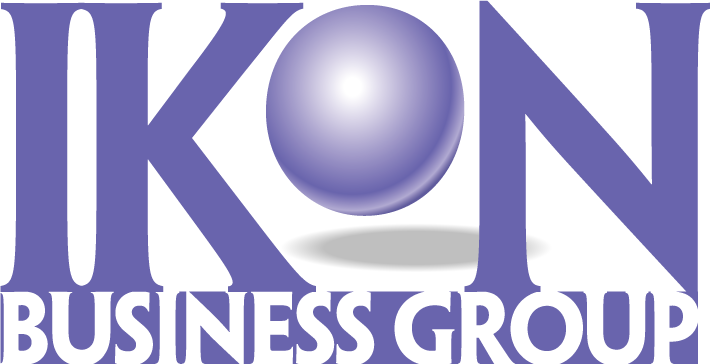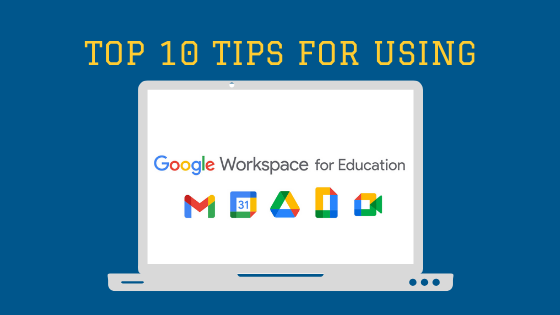Google Workspace for Education allows K-12 schools to transform how educators and students learn, work, and innovate. All editions of Google Workspace (Fundamentals (free), Education Standard, Teaching and Learning Upgrade, and Education Plus) include the following applications: Gmail, Calendar, Meet, Docs, Sheets, Slides, Forms, Classroom, Assignments, Sites, Groups, Drive, Tasks, and Jamboard.
Most schools sign up for the free edition, and many features remain unused. The IKON Education Team focuses on helping schools maximize Google Workspace, starting with our 10 top tips:
- Compare editions. Paid editions can provide valuable features to your school. For example, only Education Plus offers Roster Sync, which allows you to sync with student information systems such as Power School. Schools who only choose the free edition are missing out on this valuable tool. Click here for a complete comparison of features grouped on Collaborate, Connect, Access, and Control.
- Go through the domain best practices. A guide to these best practices can be found here. Alternatively, you can work with a partner like IKON to set up your domain.
- Make sure Google for Education is syncing from a source of truth such as Active Directory or your Student Information System using the Sync tool.
- Establish a sound Organization Unit with your domain at the top using a single school or multiple school model.
- Be Strategic. Make sure to turn services on or off for each user based on roles.
- Set default retention policies in Google Vault – a solution that allows you to retain, search, and export your organization’s data and keep track of what matters.
- Setup custom admin roles. Reset passwords, set up groups, manage Chromebooks, and more.
- Calculate your storage requirements as Google has recently changed its storage model. In all editions, schools receive 100TB of pooled storage. The model provides enough storage for over 100 million documents, 8 million presentations, or 400,000 hours of video. This model goes into effect starting July 2022. For Education Plus, Teaching, and Learning Upgrade editions, schools will receive additional storage based on the number of licenses purchased.
- Setup recurring training for staff, students, and parents on using Google Workspace. Google provides supporting documentation and videos, plus there is a wealth of information available on Youtube. Click here for more information.
- Use Google for Education products to secure your school’s data. Although Google Data is secured in the Google Cloud platform, schools are responsible for backing up and protecting their own data. Ensure the built-in protection tools such as Gmail Encryption and Identity and Access Management, Data Loss Protection, and Vault are enabled. Consider upgrading your edition to tap into more advanced features such as proactive protection, advance detection, quick remediation.
For more information on the above topics, we recommend watching the following video: https://edu.google.com/intl/ALL_us/training-support/setup-guides/.

